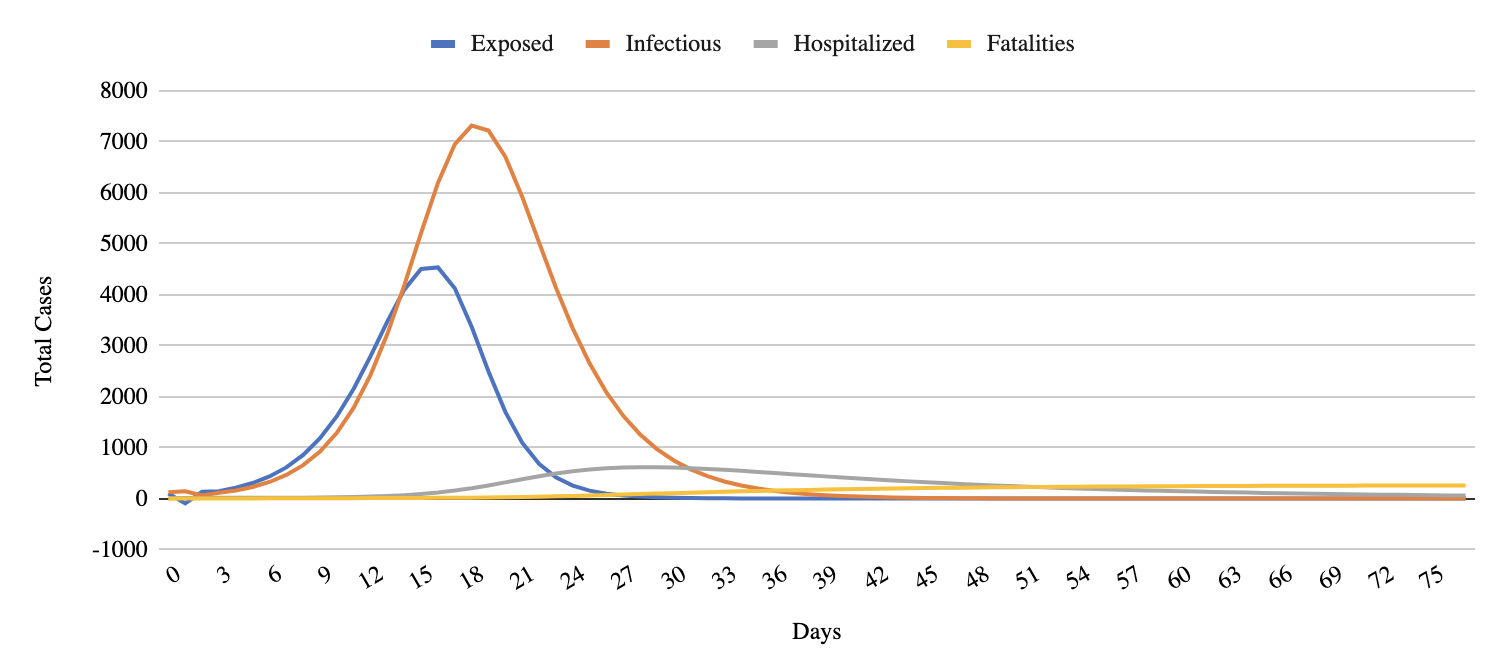Mississippi has the second highest imprisonment rate in the country, with nearly 20,000 people incarcerated in the state’s prison system and thousands of staff and vendors who work in these facilities daily. In the current coronavirus pandemic, incarcerated people and those who work at correctional facilities are particularly vulnerable given the crowded and unsanitary conditions that exist in jails and prisons.
The Mississippi Department of Corrections (MDOC) reports four confirmed cases of COVID-19 and one death among the men and women in the Department’s custody, along with four positive cases among Department staff. However, only 20 incarcerated people have been tested to date (recent testing numbers for staff are not available), so it is likely that the actual number of cases among incarcerated individuals and facility staff is much higher.


